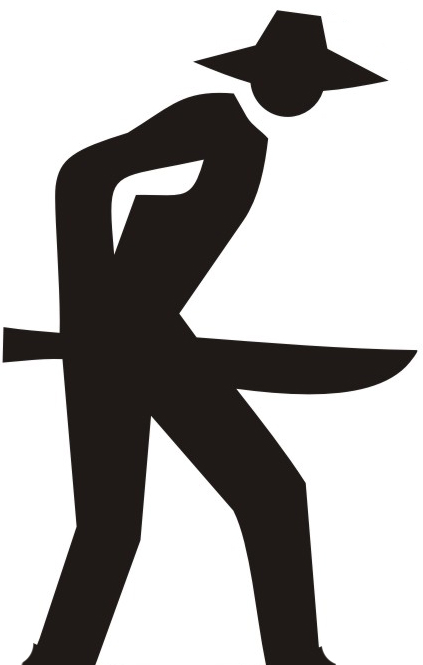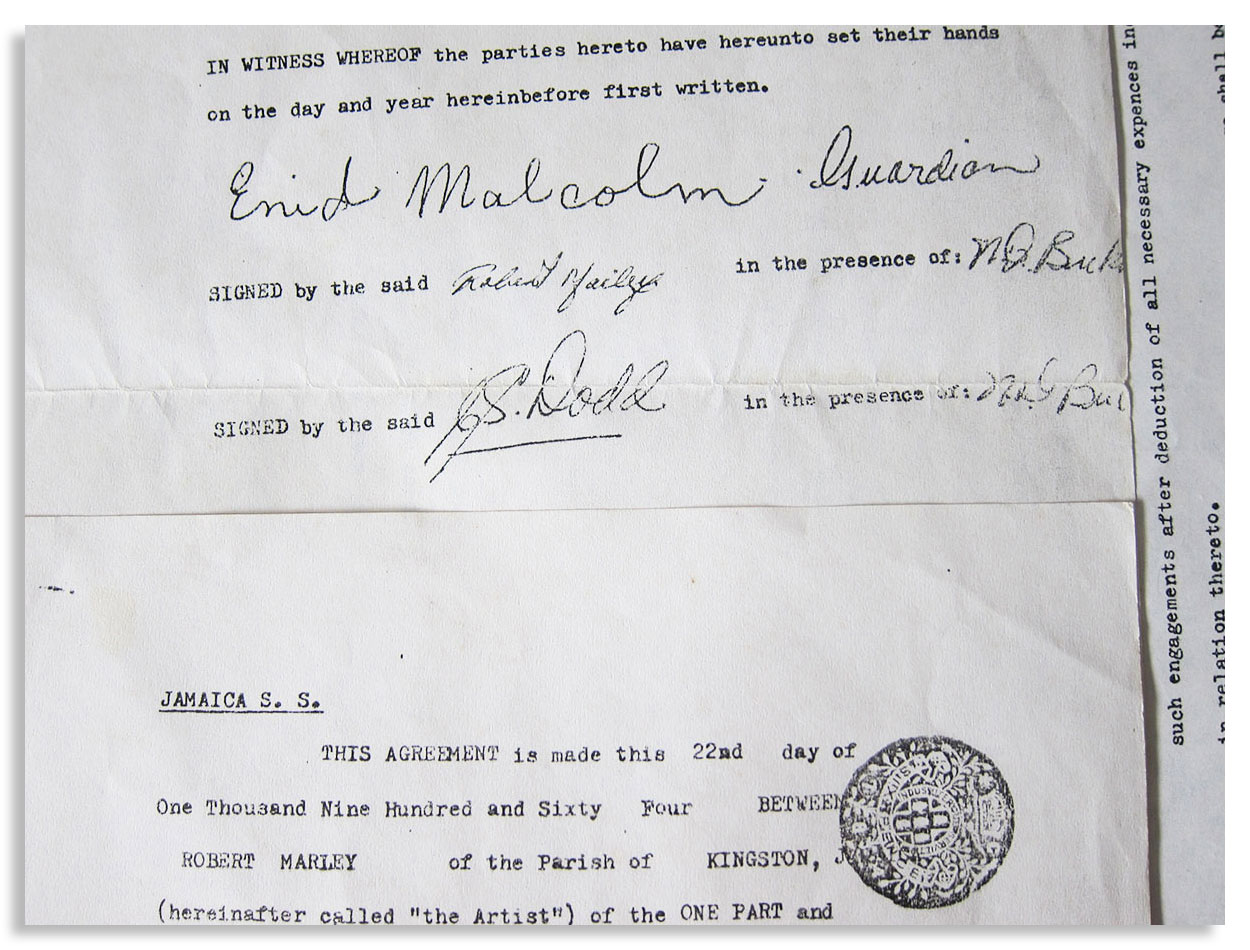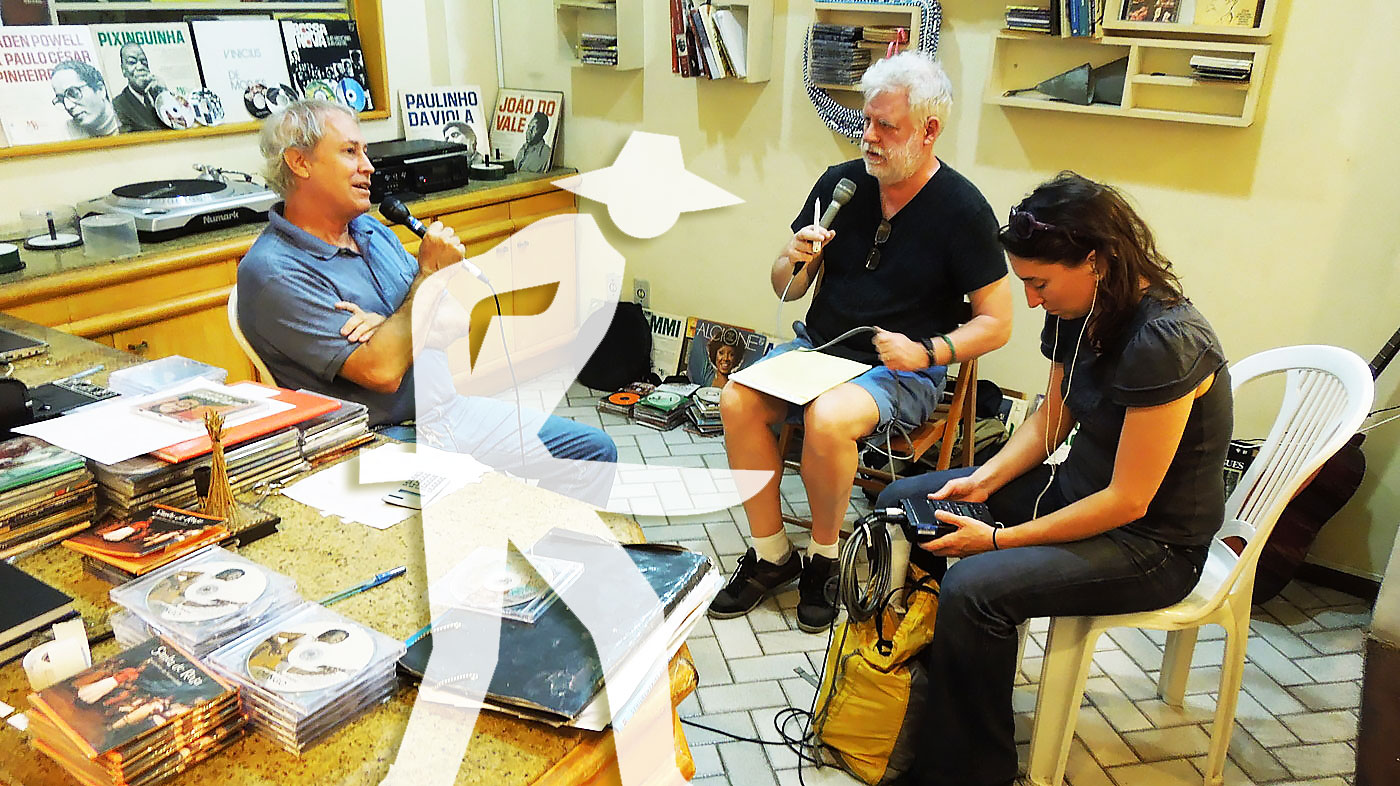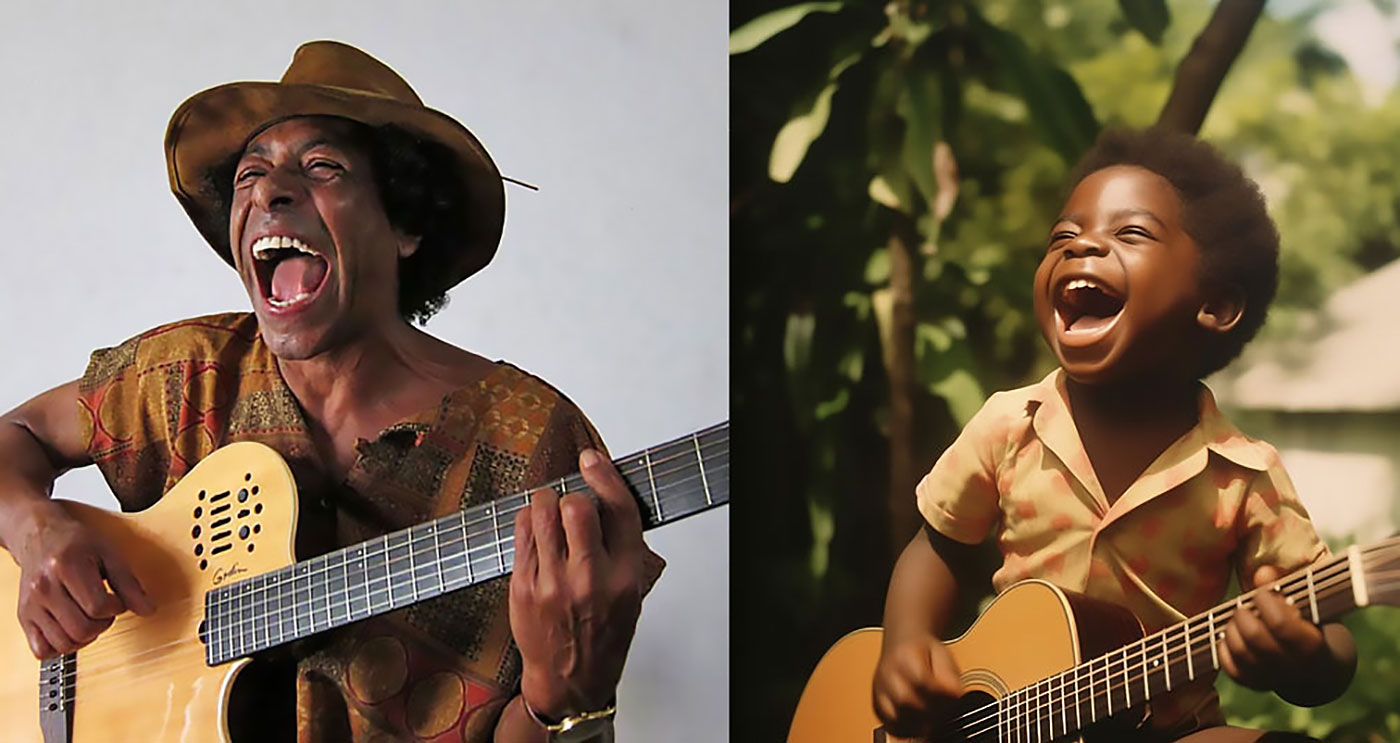CURATION
- from this page: by Title Holder
Network Node
- Name: Eduardo Kobra
- City/Place: São Paulo
- Country: Brazil
Life & Work
-
Bio:
From the outskirts of São Paulo to the world. Born in 1975 in Jardim Martinica, a poor neighborhood in the south of São Paulo, the artist Eduardo Kobra has become one of the most recognized muralists today, with works on 5 continents
Since the Olympic Games in Rio in 2016, he holds the record for the largest graffiti mural in the world - first with ‘Etnias’, painted to celebrate the event, with 2,500 square meters; mark surpassed by himself in 2017, with a work in honor of chocolate that occupies a wall of 5,742 square meters on the margins of the Castello Branco Highway, in the Metropolitan Region of São Paulo.
One of his most famous works is ‘O Beijo’, performed in 2012 on the High Line in New York - erased four years later. It is a colorful reinterpretation of the image made by the American photojournalist Alfred Eisenstaedt (1898-1995) on August 13, 1945, when the people took to the streets to commemorate the end of World War II.
Kobra started drawing on walls in hiding, as a graffiti artist, even during his adolescence. The taste for spontaneous street art was already visible in the boy, who collected warnings for unauthorized interventions at school and was even arrested three times for environmental crime - precisely because of the irregular use of sprays on nearby walls.
In the 1990s, he worked making posters, painting toy scenarios and creating decorative images for events in what was the largest amusement park in Brazil. It was the first time that he, the son of a tapestry maker and a housewife, had made money from his images. The work was successful, so much so that it earned him invitations to work in other companies and with advertising agencies.
His urban art began to gain visibility in the following decade. In 2007, he appeared prominently in the media for the first time because of the Muro das Memórias project, in which he immersed himself in the universe of old photos from São Paulo and started to reproduce them in the streets in sepia tones or in black and white, presenting a graffiti style different from the one that spread around the city.
This project ended up becoming a brand, the embryo of much of what was to come next.
Kobra became an obstinate researcher of historical images and there were many times when such predilection, stamped on gigantic walls, ended up serving to rescue the importance of places and strengthen the sense of belonging of its inhabitants.
Self-taught, the muralist admits that he learned and developed his art by observing the work of artists he admires - from the mysterious exponent of street art Banksy, a British whose identity has never been revealed, to names like the American Eric Grohe (1944-), the also North American Keith Haring (1958-1990) and Mexican Diego Rivera (1886-1957).
The projects started to add up. At Greenpincel, Kobra demonstrates an eloquent concern for environmental causes. These panels, composed of an image and a protest phrase, are strong pamphlets for ecological causes. In this sense, its genuine themes range from fighting predatory fishing to vetoing the exploitation of animals in events such as rodeo. Global warming, water and air pollution and deforestation also appear on their murals.
In 2009, Kobra came across three-dimensional street art paintings. He decided that he could do them too. He dived into his studio, performed several tests and then put his art on the street. First on Avenida Paulista, the symbolic and financial heart of São Paulo. Then, at exhibitions around the world, from festivals in Dubai, United Arab Emirates, to events in the United States.
His sensitivity to social ills resulted in the Augmented Reality project, in which he painted ten panels in ten days in 2015, always calling attention to an important issue - from a missing girl to a homeless man who writes poems, going through the story of a dancer of poor origin from the São Paulo periphery.
More recently, in an updated visit to the old images, Kobra created the series Recortes da História. Instead of starting from old photographs that portray the memory of a place, the artist turns to remarkable moments in the history of humanity. Thus, scenes like that of the American activist Martin Luther King (1929-1968) giving a speech against racism gain walls by the Brazilian artist's features.
In the Olhar a Paz project, Kobra portrays historical personalities who have fought against violence, for the dissemination of a culture of peace throughout the world. It is when Brazilian art endorses - and often echoes - messages of brotherhood and non-violence. He has stamped on walls Indian activist Mahatma Gandhi (1869-1948), Holocaust victim Anne Frank (1929-1945), Pakistani activist Malala Yousafzai (1997-) and German scientist Albert Einstein (1879-1955), between another examples.
The legacy of his past in hip-hop is revived in the most striking style of his art: hyper-realistic images, often based on photographs of personalities, such as the Brazilian architect Oscar Niemeyer (1907-2012), the Spanish artist Salvador Dalí ( 1904-1989) and the Brazilian musician Chico Buarque (1944-), covered with strong and contrasting colors. These colors ended up becoming his main calling card around the world, the striking style of his work. And, to a greater or lesser degree, they started to appear in works from the most diverse phases of his career.
His first mural outside Brazil was in Lyon, France, in 2011. At the time, he had been invited to illustrate a wall in a neighborhood that was undergoing a process of revitalization - that is, he used his Muros da Memória approach to help with historical appreciation of the region. Since then, he has painted in countries such as Spain, Italy, Norway, England, Malawi, India, Japan, United Arab Emirates, in addition to several North American cities.
He lives in São Paulo, where his studio is also located.
Português:
Das periferias de São Paulo para o mundo. Nascido em 1975 no Jardim Martinica, um bairro pobre no sul de São Paulo, o artista Eduardo Kobra tornou-se um dos muralistas mais reconhecidos hoje, com obras em 5 continentes.
Desde os Jogos Olímpicos no Rio em 2016, ele detém o recorde do maior mural de graffiti do mundo - primeiro com 'Etnias', pintado para celebrar o evento, com 2.500 metros quadrados; marca superada por ele mesmo em 2017, com uma obra em homenagem ao chocolate que ocupa um muro de 5.742 metros quadrados às margens da Rodovia Castello Branco, na Região Metropolitana de São Paulo.
Uma de suas obras mais famosas é 'O Beijo', realizada em 2012 no High Line em Nova York - apagada quatro anos depois. É uma reinterpretação colorida da imagem feita pelo fotojornalista americano Alfred Eisenstaedt (1898-1995) em 13 de agosto de 1945, quando as pessoas foram às ruas para comemorar o fim da Segunda Guerra Mundial.
Kobra começou a desenhar em paredes escondidas, como grafiteiro, ainda durante sua adolescência. O gosto pela arte de rua espontânea já era visível no menino, que colecionava advertências por intervenções não autorizadas na escola e até foi preso três vezes por crime ambiental - precisamente por causa do uso irregular de sprays em paredes próximas.
Na década de 1990, ele trabalhou fazendo cartazes, pintando cenários de brinquedo e criando imagens decorativas para eventos no que era o maior parque de diversões do Brasil. Foi a primeira vez que ele, filho de um tapeceiro e de uma dona de casa, ganhou dinheiro com suas imagens. O trabalho foi um sucesso, tanto que lhe rendeu convites para trabalhar em outras empresas e agências de publicidade.
Sua arte urbana começou a ganhar visibilidade na década seguinte. Em 2007, ele apareceu proeminentemente na mídia pela primeira vez por causa do projeto Muro das Memórias, no qual mergulhou no universo das fotos antigas de São Paulo e começou a reproduzi-las nas ruas em tons sépia ou em preto e branco, apresentando um estilo de graffiti diferente daquele que se espalhava pela cidade.
Este projeto acabou se tornando uma marca, o embrião do que estava por vir.
Kobra se tornou um pesquisador obstinado de imagens históricas e muitas vezes essa predileção, estampada em paredes gigantescas, acabou servindo para resgatar a importância de lugares e fortalecer o senso de pertencimento de seus habitantes.
Autodidata, o muralista admite que aprendeu e desenvolveu sua arte observando o trabalho de artistas que admira - desde o misterioso expoente da arte de rua Banksy, um britânico cuja identidade nunca foi revelada, até nomes como o americano Eric Grohe (1944-), o também americano Keith Haring (1958-1990) e o mexicano Diego Rivera (1886-1957).
Os projetos começaram a se acumular. Na Greenpincel, Kobra demonstra uma eloquente preocupação com causas ambientais. Esses painéis, compostos por uma imagem e uma frase de protesto, são panfletos fortes para causas ecológicas. Nesse sentido, seus temas genuínos vão desde a luta contra a pesca predatória até o veto à exploração de animais em eventos como rodeios. O aquecimento global, a poluição da água e do ar e o desmatamento também aparecem em seus murais.
Em 2009, Kobra se deparou com pinturas de arte de rua tridimensionais. Ele decidiu que também poderia fazê-las. Ele mergulhou em seu estúdio, fez vários testes e depois levou sua arte para a rua. Primeiro na Avenida Paulista, o coração simbólico e financeiro de São Paulo. Depois, em exposições ao redor do mundo, de festivais em Dubai, Emirados Árabes Unidos, a eventos nos Estados Unidos.
Sua sensibilidade para as mazelas sociais resultou no projeto de Realidade Aumentada, no qual pintou dez painéis em dez dias em 2015, sempre chamando a atenção para uma questão importante - desde uma menina desaparecida até um homem sem-teto que escreve poemas, passando pela história de uma dançarina de origem pobre da periferia de São Paulo.
Mais recentemente, em uma visita atualizada às antigas imagens, Kobra criou a série Recortes da História. Em vez de partir de fotografias antigas que retratam a memória de um lugar, o artista volta-se para momentos notáveis na história da humanidade. Assim, cenas como a do ativista americano Martin Luther King (1929-1968) dando um discurso contra o racismo ganham paredes pelas características do artista brasileiro.
No projeto Olhar a Paz, Kobra retrata personalidades históricas que lutaram contra a violência, pela disseminação de uma cultura de paz em todo o mundo. É quando a arte brasileira endossa - e muitas vezes ecoa - mensagens de fraternidade e não violência. Ele estampou em paredes o ativista indiano Mahatma Gandhi (1869-1948), a vítima do Holocausto Anne Frank (1929-1945), a ativista paquistanesa Malala Yousafzai (1997-) e o cientista alemão Albert Einstein (1879-1955), entre outros exemplos.
O legado de seu passado no hip-hop é revivido no estilo mais marcante de sua arte: imagens hiper-realistas, muitas vezes baseadas em fotografias de personalidades, como o arquiteto brasileiro Oscar Niemeyer (1907-2012), o artista espanhol Salvador Dalí (1904-1989) e o músico brasileiro Chico Buarque (1944-), cobertos com cores fortes e contrastantes. Essas cores acabaram se tornando seu principal cartão de visitas ao redor do mundo, o estilo marcante de seu trabalho. E, em maior ou menor grau, elas começaram a aparecer em obras das mais diversas fases de sua carreira.
Seu primeiro mural fora do Brasil foi em Lyon, França, em 2011. Na época, ele foi convidado para il
ustrar um muro em um bairro que passava por um processo de revitalização - ou seja, usou sua abordagem dos Muros da Memória para ajudar na apreciação histórica da região. Desde então, ele pintou em países como Espanha, Itália, Noruega, Inglaterra, Malawi, Índia, Japão, Emirados Árabes Unidos, além de várias cidades norte-americanas.
Ele mora em São Paulo, onde também está localizado seu estúdio.
Contact Information
- Email: [email protected]
- Telephone: +55 11 3791-4605
Media | Markets
- ▶ Instagram: kobrastreetart
- ▶ Website: http://www.eduardokobra.com
- ▶ YouTube Channel: http://www.youtube.com/c/EduardoKobra
Clips (more may be added)
The Matrix is a small world network. Like stars coalescing into a galaxy, creators in the Matrix mathematically gravitate to proximity to all other creators in the Matrix, no matter how far apart in location, fame or society. This gravity is called "the small world phenomenon". Human society is a small world network, wherein over 8 billion human beings average 6 or fewer steps apart. Our brains contain small world networks...
![]() Wolfram MathWorld on the Small World Phenomenon
Wolfram MathWorld on the Small World Phenomenon
![]() Matemática Wolfram sobre o Fenômeno Mundo Pequeno
Matemática Wolfram sobre o Fenômeno Mundo Pequeno
"In a small world, great things are possible."

It's not which pill you take, it's which pathways you take. Pathways originating in the sprawling cultural matrix of Brazil: Indigenous, African, Sephardic and then Ashkenazic, European, Asian... Matrix Ground Zero is the Recôncavo, contouring the Bay of All Saints, earthly center of gravity for the disembarkation of enslaved human beings — and the sublimity they created — presided over by the ineffable Black Rome of Brazil: Salvador da Bahia.
("Black Rome" is an appellation per Caetano Veloso, son of the Recôncavo, via Mãe Aninha of Ilê Axé Opô Afonjá.)
"Dear Sparrow: I am thrilled to receive your email! Thank you for including me in this wonderful matrix."
—Susan Rogers: Personal recording engineer for Prince, inc. "Purple Rain", "Sign o' the Times", "Around the World in a Day"... Director of the Berklee Music Perception and Cognition Laboratory
"Thanks! It looks great!....I didn't write 'Cantaloupe Island' though...Herbie Hancock did! Great Page though, well done! best, Randy"
"We appreciate you including Kamasi in the matrix, Sparrow."
—Banch Abegaze: manager, Kamasi Washington
"This is super impressive work ! Congratulations ! Thanks for including me :)))"
—Clarice Assad: Pianist and composer with works performed by Yo Yo Ma and orchestras around the world
"Dear Sparrow, Many thanks for this – I am touched!"
—Julian Lloyd-Webber: UK's premier cellist; brother of Andrew Lloyd Webber (Evita, Jesus Christ Superstar, Cats, Phantom of the Opera...)
"Thanks, this is a brilliant idea!!"
—Alicia Svigals: World's premier klezmer violinist
Developed here in the Historic Center of Salvador da Bahia ↓ .
![]() Bule Bule (Assis Valente)
Bule Bule (Assis Valente)
"♫ The time has come for these bronzed people to show their value..."
Production: Betão Aguiar
MATRIX MODUS OPERANDI
Recommend somebody and you will appear on that person's page. Somebody recommends you and they will appear on your page.
Both pulled by the inexorable mathematical gravity of the small world phenomenon to within range of everybody inside.
And by logical extension, to within range of all humanity outside as well.
MATRIX (PARDAL)
I'm Pardal here in Brazil (that's "Sparrow" in English). The deep roots of this project are in Manhattan, where Allen Klein (managed the Beatles and The Rolling Stones) called me about royalties for the estate of Sam Cooke... where Jerry Ragovoy (co-wrote Time is On My Side, sung by the Stones; Piece of My Heart, Janis Joplin of course; and Pata Pata, sung by the great Miriam Makeba) called me looking for unpaid royalties... where I did contract and licensing for Carlinhos Brown's participation on Bahia Black with Wayne Shorter and Herbie Hancock...
...where I rescued unpaid royalties for Aretha Franklin (from Atlantic Records), Barbra Streisand (from CBS Records), Led Zeppelin, Mongo Santamaria, Gilberto Gil, Astrud Gilberto, Airto Moreira, Jim Hall, Wah Wah Watson (Melvin Ragin), Ray Barretto, Philip Glass, Clement "Sir Coxsone" Dodd for his interest in Bob Marley compositions, Cat Stevens/Yusuf Islam and others...
...where I worked with Earl "Speedo" Carroll of the Cadillacs (who went from doo-wopping as a kid on Harlem streetcorners to top of the charts to working as a janitor at P.S. 87 in Manhattan without ever losing what it was that made him special in the first place), and with Jake and Zeke Carey of The Flamingos (I Only Have Eyes for You)... stuff like that.

Yeah this is Bob's first record contract, made with Clement "Sir Coxsone" Dodd of Studio One and co-signed by his aunt because he was under 21. I took it to Black Rock to argue with CBS' lawyers about the royalties they didn't want to pay (they paid).
MATRIX MUSICAL
I built the Matrix below (I'm below left, with David Dye & Kim Junod for U.S. National Public Radio) among some of the world's most powerfully moving music, some of it made by people barely known beyond village borders. Or in the case of Sodré, his anthem A MASSA — a paean to Brazil's poor ("our pain is the pain of a timid boy, a calf stepped on...") — having blasted from every radio between the Amazon and Brazil's industrial south, before he was silenced. The Matrix started with Sodré, with João do Boi, with Roberto Mendes, with Bule Bule, with Roque Ferreira... music rooted in the sugarcane plantations of Bahia. Hence our logo (a cane cutter).
A Massa (do povo carente) / The Masses (of people in need)

-
Add to my PlaylistA Massa - Raymundo Sodré (7,093 plays)
-
Add to my PlaylistSina de Cantador - Raymundo So... (6,909 plays)
-
Add to my PlaylistMagnetismo - Raymundo Sodré ... (6,353 plays)
-
Add to my PlaylistSacando a Cana - Raymundo Sodr... (5,957 plays)
-
Add to my PlaylistMêrêrê - Raymundo Sodré (5,465 plays)
-
Add to my PlaylistJardim do Amor - Raymundo Sodr... (4,677 plays)
-
Add to my PlaylistDebaixo do Céu - Raymundo Sodr... (4,151 plays)
-
Add to my PlaylistDesejo de Amar - Raymundo Sodr... (3,861 plays)
-
Add to my PlaylistOração pra Yá Oxum - Raymundo ... (3,741 plays)
-
Add to my PlaylistYá África - Raymundo Sodré (3,509 plays)
-
Add to my PlaylistMeu Rio, Cadê o Papel - Raymun... (3,177 plays)
-
Add to my PlaylistCasa de Trois - Raymundo Sodré... (2,896 plays)
-
Add to my PlaylistMulher é Laço que Prende o Coração do Vaqueiro - R... (2,556 plays)








































































































































































































































































































































































































































































